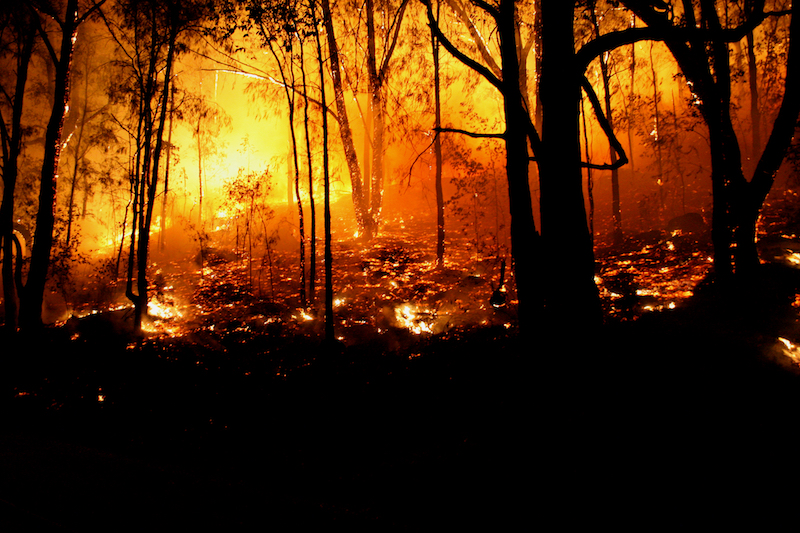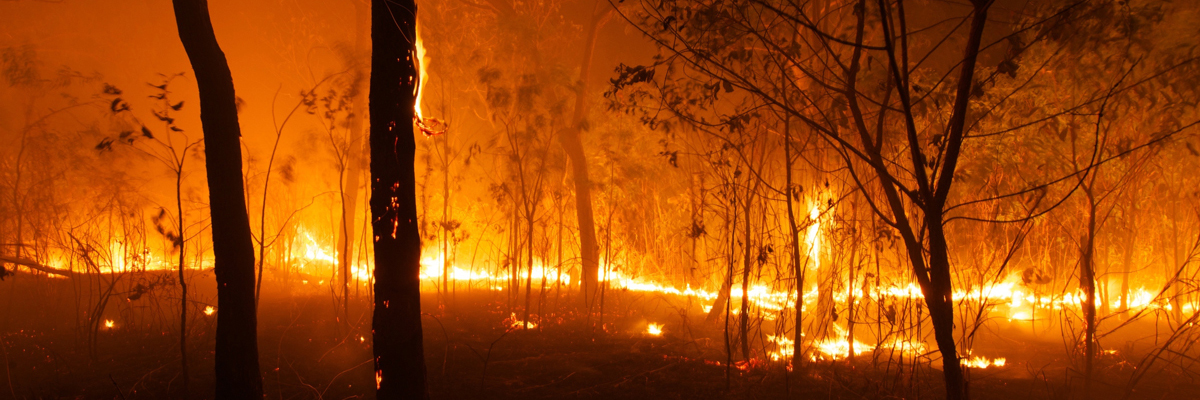Browsing Residential Property Safety: Understanding the Importance of a BAL Report
Browsing Residential Property Safety: Understanding the Importance of a BAL Report
Blog Article
Just How BAL Report Impacts Shrub Fire Security Actions
In the realm of bush fire defense, the Building Assault Degree (BAL) record stands as an essential device that dramatically influences the security and resilience of homes in fire-prone locations - BAL Report. The influence of a BAL analysis prolongs much beyond simple paperwork; it works as the keystone for determining the suitable building standards and fire protection measures necessary to minimize the risks presented by bushfires. As communities grapple with increasingly serious fire seasons, recognizing just how the BAL report shapes these protective measures comes to be critical for policymakers, home builders, and home owners alike
Recognizing the Bushfire Attack Level

Relevance of BAL Record Assessment

Moreover, the BAL record analysis serves as a fundamental action in following legal commitments and needs associated with bushfire defense. Local councils and authorities usually mandate the entry of a BAL record as component of the planning and structure authorization procedure to make sure that homes are properly guarded against bushfire why not look here dangers. Falling short to conduct a complete BAL record analysis can lead to inadequate protection steps, leaving properties vulnerable to devastating bushfire occurrences.
Building And Construction Requirements Based Upon BAL
A thorough understanding of the Bushfire Assault Degree (BAL) allows home owners to implement construction requirements tailored to their specific threat profile. Building requirements based upon BAL are critical in mitigating the influence of bushfires on homes. The BAL score categorizes the possible threat a residential property faces during a bushfire on a scale from BAL-Low to BAL-FZ (Fire Zone) Each BAL level represents particular construction needs detailed in the Australian Basic AS3959-2018 Construction of Buildings in Bushfire-Prone Locations. Properties identified as BAL-Low may just require standard actions such as removing debris and preserving yards, while those in greater BAL groups require more durable measures like cinder screens, fireproof materials, and sealed windows. Sticking to these building criteria not just enhances the architectural durability of the home but likewise improves the total safety of locals throughout a bushfire occasion. Therefore, residential property owners should meticulously consider their BAL ranking and follow the corresponding building and construction standards to effectively safeguard their homes and passengers.
Carrying Out Fire Security Steps
With the foundation of building and construction requirements based on Bushfire Assault Level (BAL) in location, the focus now shifts towards the useful application of fire security procedures to strengthen buildings versus bushfire threats. Easy measures consist of making use of fireproof structure products, installing ember guards on vents, securing voids in roof coverings and wall surfaces, and preserving a clear space around the residential property complimentary from combustible greenery. By integrating both passive and energetic methods, homes can dramatically minimize their vulnerability to bushfire incidents and increase the safety and security of occupants.
Shielding Houses Versus Bushfires
Efficiently safeguarding homes versus the destructive influences of bushfires needs a aggressive and extensive approach to fire security steps. Property owners staying in bushfire-prone areas have to focus on the application of different methods to enhance their residential property's resilience website link against wildfires. One fundamental aspect is developing a defensible area around the home by preserving a clear zone devoid of flammable products. This includes regularly trimming plant life, getting rid of dead plants, and making certain a secure range between trees and structures. Mounting fire-resistant roofing products can likewise substantially reduce the danger of cinder strikes and direct fire contact. Additionally, securing gaps and vents to stop ash invasion, along with including fire-resistant doors and windows, can assist fortify the home's protection against bushfires. Purchasing a trusted water source, such as a well-kept lawn sprinkler or a dedicated water tank, is crucial for providing water during fire emergency situations - BAL Report. By welcoming a positive stance and incorporating these safety steps, property owners can considerably increase their chances of guarding their homes versus bushfires.
Conclusion
In final thought, the Bushfire Assault Degree (BAL) record plays an essential duty in establishing the required security steps versus bushfires. Applying fire defense actions based on the BAL report is necessary in protecting properties from possible bushfire dangers.
In examining bushfire risk to residential properties, recognizing the Bushfire Strike Level (BAL) is a crucial component for executing reliable security measures. On the whole, a clear understanding of the Bushfire Assault Degree is vital for implementing ample protection steps and alleviating the influence of bushfires on homes.

Report this page